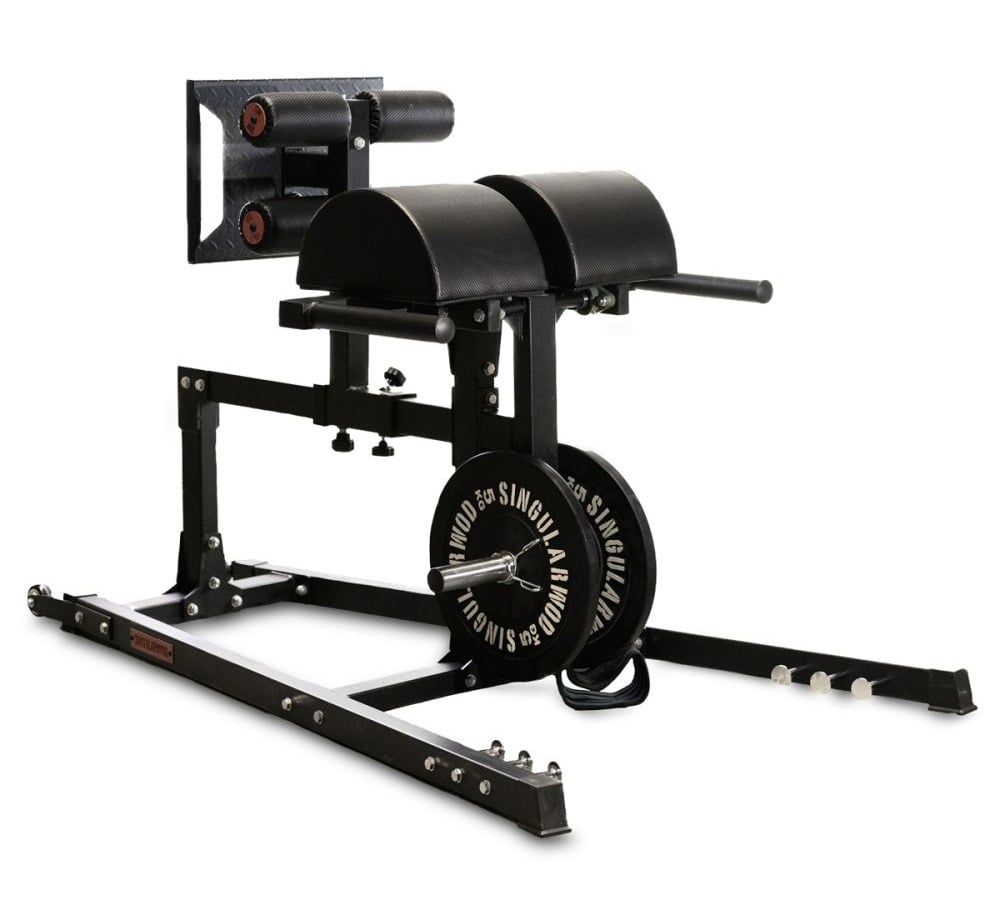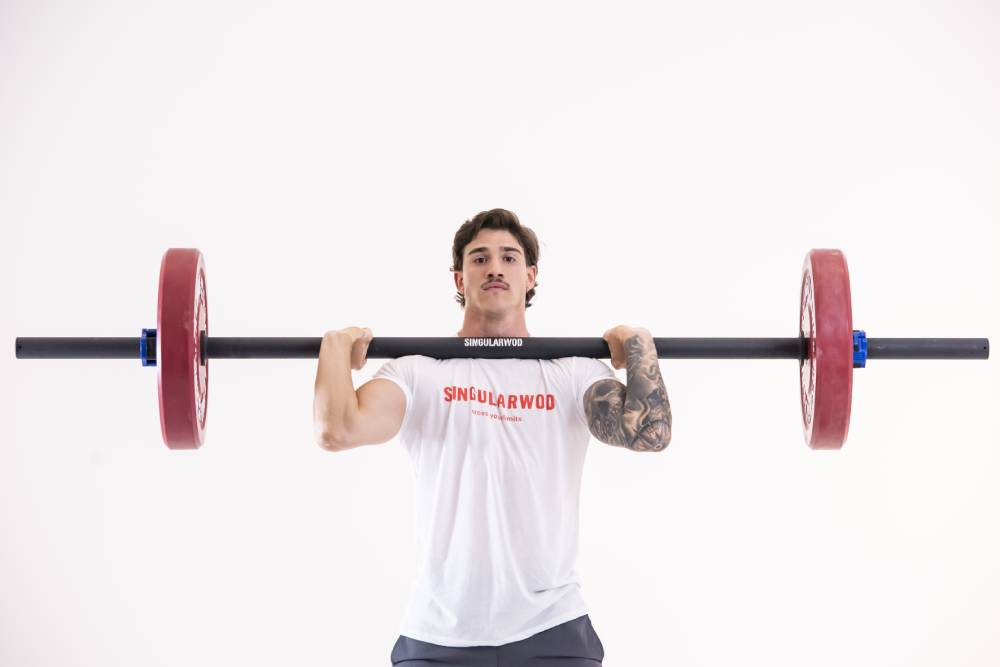It's likely that in your box or sports facility there is at least one GHD or Glute Ham Developer (which is what its acronym stands for in English) but most likely you are not taking full advantage of what this element offers. That's why today we are going to tell you the best exercises to do with GHD in CrossFit but that you can also apply to your strength sessions or in your Powerlifting and Weightlifting training, for example.
If we wanted to translate the name of this device into Spanish it could be something like Glute and Hamstring Developer.
If you do CrossFit, the GHD is almost certainly in your box because it appeared at the Games, as happened with dumbbells or pegboards. We have seen the GHD in several editions of the CrossFit Games , and unfortunately it has always been used in one of the worst ways: abdominal work with hyperextension.
In Powerlifting or Weightlifting training centers it is more common because it is usually given a more correct use, which is what it is really designed for.
There are usually few units of it because it takes up a lot of space and has to be used individually, and as we mentioned, its use in the usual way is not even entirely advisable.
What is a GHD?
The GHD is a structure that blocks our feet and, with a large semicircular curved cushion, allows us to work both face up and face down. In addition, its structure keeps us so high off the ground that we can do very wide ranges of movement and our head will never even touch the ground. It takes up so much space because its base, almost triangular in shape, is designed to maintain stability at all times and thus guarantee the safety of the athlete working on it.
You may have noticed that the GHD acronym does not refer to abdominals, and yet it is the only use that is usually given to it in CrossFit. Well, this is quite negative, so today we are going to tell you about the best exercises with GHD to improve in your CrossFit classes.
Exercises with GHD
Remember to always ask your trainers for advice before performing these exercises to ensure that you are doing them correctly and safely for you.
Abdominals
But didn't we just say that this exercise is not the right one? Yes, but it's also true that you're very likely to do it, so we're going to give you some tips so that you can use the GHD responsibly when working your abs/core.
You must keep your core in tension, the problem when doing sit-ups with the GHD is an over-curvature of the lumbar area that can cause injuries since you will have to make an extra effort when going up and down to compensate for this hyperextension in the lumbar area, and even more so with high repetitions. To avoid a bad position, leave the hip out of the support as much as possible.
You can do crunches on the GHD, but without as much range of motion. Think of using it as a normal abdominal bench. You can lower it to horizontal, for example. If you want to make it more exciting, put a weight on your chest, which could be a disc or a ball over your head, for example.
If you still decide to use the GHD in the style of the CrossFit Games , I recommend, especially if you are not very tall, that you "get closer to the ground" - that is, that you put a target, such as a ball or mat, because touching the ground when you are 190 cm tall is not the same as touching it when you are 170 cm tall.
Foot holds allow you to work your oblique abs, it is a bit uncomfortable, but it is possible.
Lumbar hyperextensions face down
Face down, leaving the hips outside the support or in the downward curve, we go up and down working the lumbar region. If it starts to become easy you can add weight in the form of a disc, bar or kettlebells.
Hyperextension plus row
Widely used in the world of weightlifting, load up with a barbell and a couple of discs, start slowly with two five-kilo weights and work your way up. The row must be effective, retracting the shoulder blades and with a controlled pull.
Seal row
With your hips on the cushion, we only work on the pulls. Try to bring the bar to the area under your chest while keeping your body horizontal.
Glute ham rises
Face down, place the main cushion so that you can rest your knees on the front of it to be able to kneel at 90º. Keeping your core tight, lower yourself down until your hips are above the cushion and fully extend your knees before raising up.
Nordic hamstrings or Nordic curl
We do not place the person face down and we bring the foot rollers as close to the main support as possible because the knees must rest on the upper part of the main cushion in order to remain kneeling at 90º. We do a controlled descent and then go up. To go up you can push yourself on the handles the first few times.
In both the Glute Ham Rises and the Nordic Curl, it is very useful to use a rubber band to help us control the descent and speed up the ascent. It would be best to place it in an elevated area, such as a rear rack. If you do not have one, you can anchor it to the foot roller area.
Wallball abs
If you place the GHD near a wall you can throw the wallball on the way up (don't try to throw it at the target of the wods, but at a slightly lower height)




Leave a comment
This site is protected by hCaptcha and the hCaptcha Privacy Policy and Terms of Service apply.